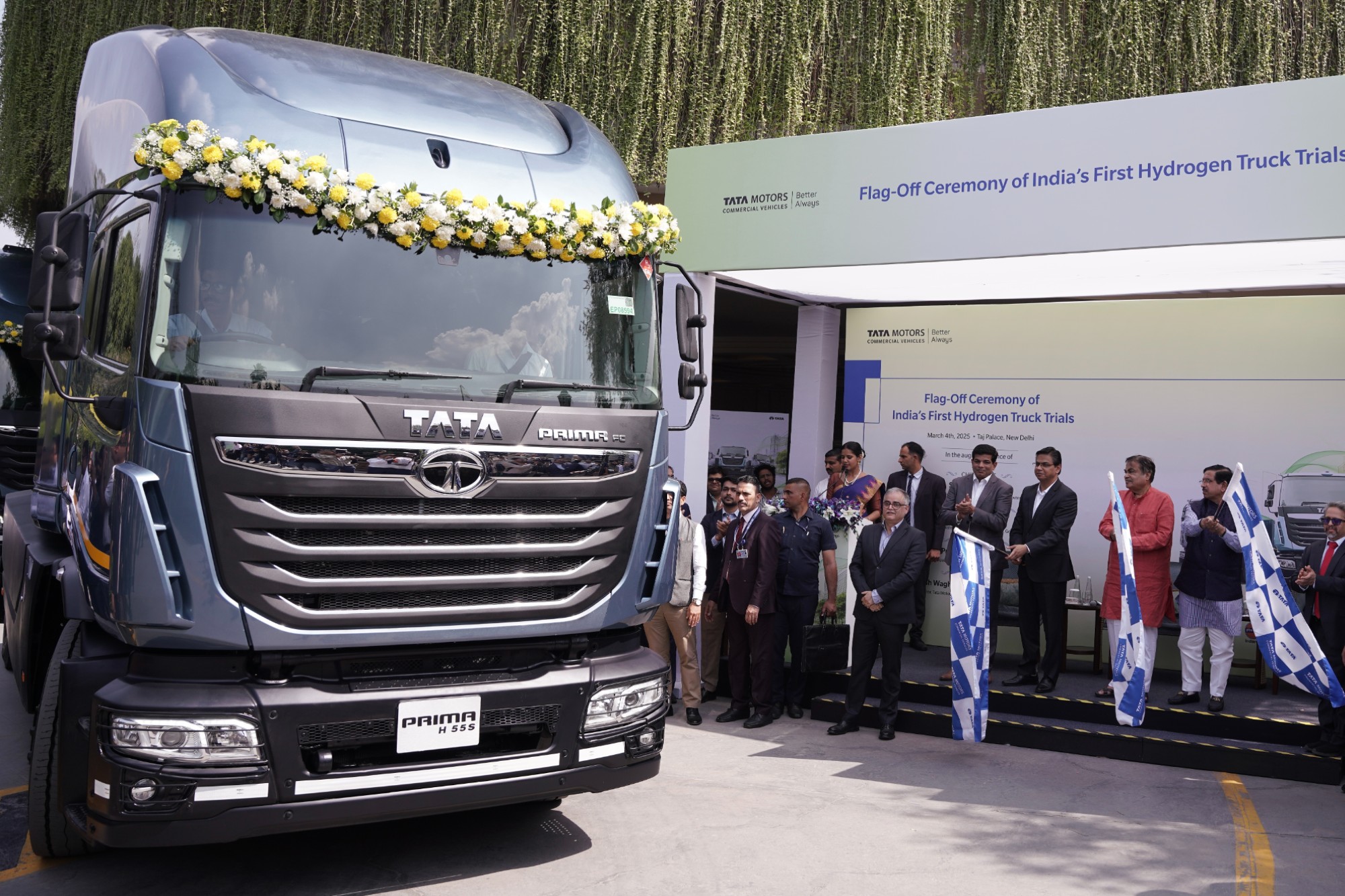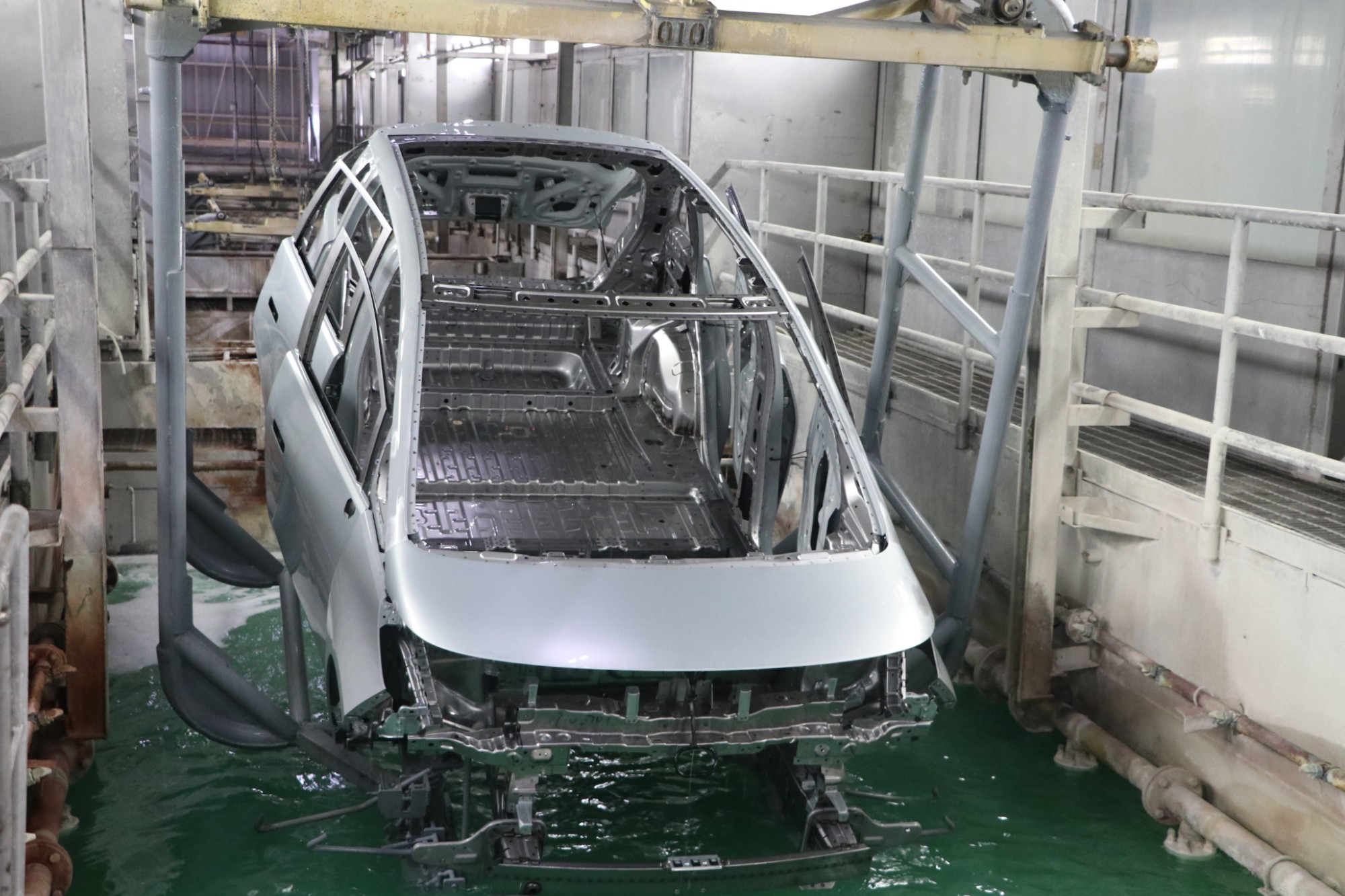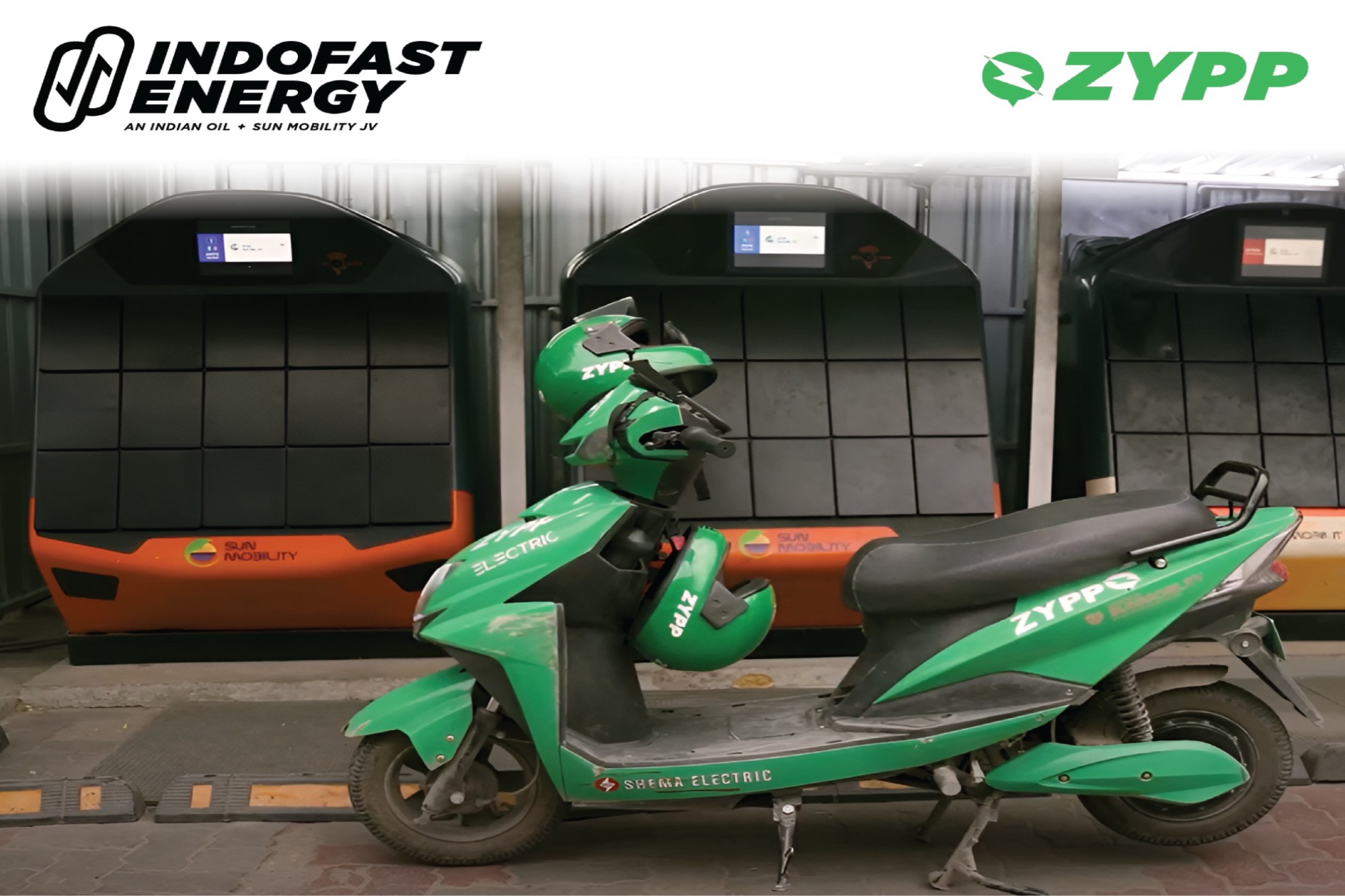Total Transparency [Apr 2012]
By admin April 10, 2012 7:27 am IST
How the automotive industry benefits from the use of RFID technology – from the supplier to the delivery
For more than two decades, the automotive industry has used RFID solutions, mainly for the identification of their vehicle body transport systems. Thanks to improved technology, the automotive industry today considers equipping every single vehicle body and component with data carriers, to benefit from a continuous identification and quality control through the whole production process.
Auto-ID procedures for the automatic identification of components, workpiece carriers or tools have been used in manufacturing for a long time. For decades, manufacturers have used optical procedures, like barcodes or data-matrix-codes for contactless identification, but the focus now lies on wireless identification technology RFID (radio frequency identification).
Benifits in AbundanceOne of the main advantages of RFID is as opposed to the optical Auto-ID procedures; the user can read the authenticity features and also rewrite them to a data carrier. Data carriers (also known as tags) accompany the part through the whole production cycle or quality test; relevant data is written automatically onto the tag and read at the end of the production cycle. Together, with the finished product, there is also a quality management protocol available that shows all production steps of the product, as well as the quality test.
Another benefit of RFID technology is that the information transfer by electromagnetically radio waves is less susceptible to environmental influences. While the externally applied, printed bar codes become unusable through high temperatures, dirt or moisture; the special RFID data carriers and robust scanners allow the use of RFID systems under very rough conditions or through nontransparent media, for example in painting plants or kilns.Rethinking in the automotive industryThe triumphal procession of RFID for the automobile production started about 20 years ago. For more than 5 years, Turck has been part of it with its modular RFID system, BL ident, which was developed in close cooperation with automobile manufacturers at that time. One of the first BL-ident data carriers was a high temperature tag and could resist 210°C without problems. This tag is attachable to a carriage (so called skid) that transports a vehicle body through production. That is how the path of the vehicle can be tracked from shelling to the final assembly, as long as the transport system stays the same.
Cookie Consent
We use cookies to personalize your experience. By continuing to visit this website you agree to our Terms & Conditions, Privacy Policy and Cookie Policy.
















